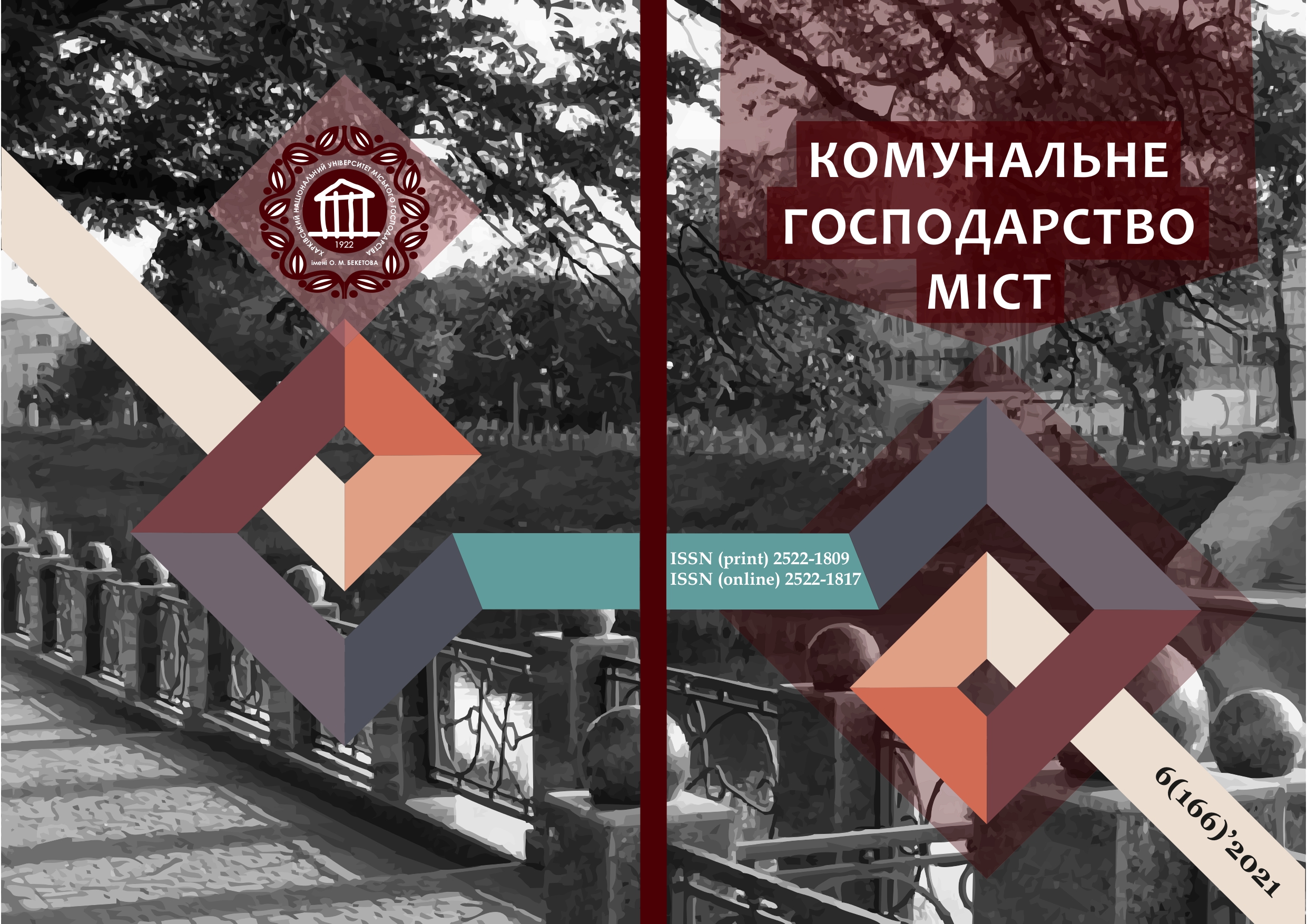APPLICATION OF A FUZZY LOGIC SYSTEM TO DETERMINE THE RESOURCE OF AN ASYNCHRONOUS MOTOR
Array
Keywords:
asynchronous motor, modeling, fuzzy logic, isolation, residual resource, diagnostics.Abstract
The article analyzes the method for determining the resource of an asynchronous motor through the use of fuzzy logic, explains the structure of the developed Fuzzy Logic System and the results of experiments on determining the resource of an asynchronous motor. The problems that are necessary to solve unambiguously determine the remaining resource of an asynchronous motor are formulated. In this paper, the developed fuzzy logic system will allow us to reasonably determine the residual life of an asynchronous motor based on the results of measuring the no-load current, air gap, insulation resistance, power factor, winding resistance at direct current, stator winding insulation absorption coefficient, stator winding insulation polarization coefficient, insulation modulus, stator temperature and bearing condition assessment. The results obtained during their implementation will help prevent failure of the asynchronous motor and reduce material damage associated with downtime of technological equipment, elimination of the consequences of accidents and repair of the failed electric motor itself. A method for determining the remaining resource of an asynchronous motor is developed using a fuzzy logic system in the Matlab software environment and the FuzzyLogic package. A fuzzy logic system is developed for determining the remaining resource of an asynchronous motor. A detailed study of the results of computer modeling is carried out , which indicate that the fuzzy logic system for determining the remaining resource of an asynchronous motor functions properly and is ready for operation. A fuzzy logic system normalizer is developed for determining the remaining resource of an asynchronous motor. The launch of the file content in the Matlab command line is analyzed in detail, which showed the result of the entire system of non-clear logic at minimum, maximum and average values of control parameters.
References
2. Goldberg, O.D. (1976). Reliability of electric machines for general industrial and household purposes: materials of lectures. Moscow, Znanie, 57.
3. Ageev, P.E., Kvashennikov, V.I. (1986). The Operation of technical equipment of farms and complexes. Moscow, Science and Technics, 81–110.
4. Petrushin, V.S. (2002). Adjusting characteristics of the asynchronous electric motor in the frequency electric drive with control laws ensuring the constancy of the flow couplings. Electrical engineering and electrical engineering, 2, 53–55.
5. Shtuba, S.D. (2007). Design of fuzzy systems of Mediummatlab. Moskow, Hotline-Telecom, 288.
6. Inderovich, S.R. (2015). Frequency method for controlling the speed of the asynchronous engine. Proceedings of the II All-Ukrainian scientific and technical Internet conference of students and undergraduates on the basis of scientific researches of 2014 Problems of mechanization and electrification of agroindustrial complex, Melitopol, 95–97.
7. Kolesnik, V.E. (2015). Review and evaluation of operating conditions of asynchronous motors in the APC. Proceedings of the ІІ All-Ukrainian scientific and technical Internet conference of students and undergraduate students on the results of scientific researches of 2014 Problems of mechanization and electrification of agroindustrial complex. Melitopol, 216–217.
8. Guzenko, V.V. (2015). Provision of functional diagnostics of energy efficiency of electromechanical systems with asynchronous motors. Proceedings of the ІІІ All-Ukrainian scientific and technical Internet conference of students and undergraduate students on the basis of scientific researches of 2015 Problems of mechanization and electrification of agroindustrial complex. Melitopol, 249–251.
9. Guzenko, V.V. (2014). Analysis of devices for the processing of fodder corn fats and evaluation of their use in a single-phase network under vector-algorithmic switching. Bulletin of Kharkiv Petro Vasylenko National Technical University of Agriculture. Problems of energy supply and energy saving in the agro industrial complex of Ukraine, 153, 142–143.
10. Molotkov, O.O. (2015). Review and evaluation of operating conditions of asynchronous motors in the APC. Proceedings of the Ukrainian scientific and technical Internet conference of students and undergraduate students on the results of scientific researches of 2014 Problems of mechanization and electrification of agroindustrial complex. Melitopol, 200–203.
Downloads
Published
How to Cite
Issue
Section
License
The authors who publish in this collection agree with the following terms:
• The authors reserve the right to authorship of their work and give the magazine the right to first publish this work under the terms of license CC BY-NC-ND 4.0 (with the Designation of Authorship - Non-Commercial - Without Derivatives 4.0 International), which allows others to freely distribute the published work with a mandatory reference to the authors of the original work and the first publication of the work in this magazine.
• Authors have the right to make independent extra-exclusive work agreements in the form in which they were published by this magazine (for example, posting work in an electronic repository of an institution or publishing as part of a monograph), provided that the link to the first publication of the work in this journal is maintained. .
• Journal policy allows and encourages the publication of manuscripts on the Internet (for example, in institutions' repositories or on personal websites), both before the publication of this manuscript and during its editorial work, as it contributes to the emergence of productive scientific discussion and positively affects the efficiency and dynamics of the citation of the published work (see The Effect of Open Access).

